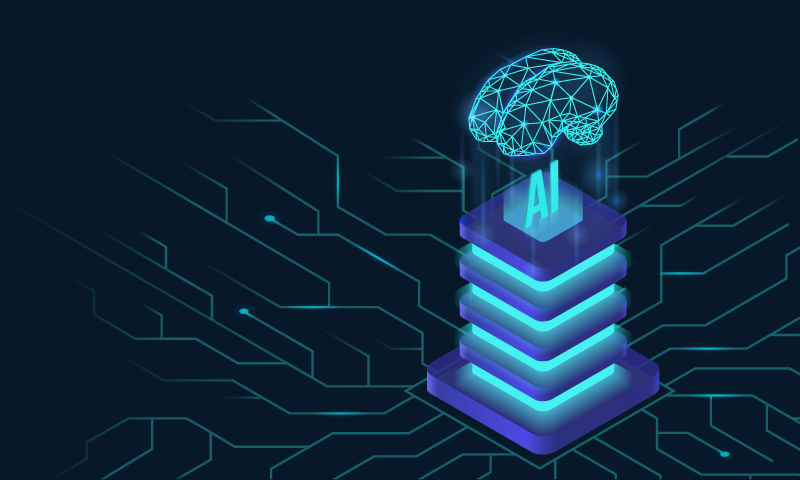Companies of all sizes continue to struggle when it comes to detecting and stopping cyberattacks. Now you can learn how the ARIA ADR solution provides an intelligent, AI-driven approach to threat detection and response, including details on our upcoming ARIA ADR webinar.
Virtually every organization has been thrown into chaos in order to respond to the COVID-19 crisis. Overnight, they had to transition to enable employees to work remotely. In many cases, this now includes running their IT security operations remotely, which is a new, unprecedented, and highly uncomfortable situation.
The cybersecurity industry built detection tools on the premise that they should be “dumb,” at least in the sense that they require a lot of human analysts to make sense of the vast amounts of information they raised. Despite these tools and their best efforts, organizations today still struggle to detect and stop a wide range of cyberattacks. These include everything from malware, ransomware, and other intrusions that land and spread, moving through the network undetected, and potentially leading to the costly exposure of critical data.
----------------------------------------------------------------------------------------------------------------------------
A New ARIA Cybersecurity Webinar
To learn how you can overcome these challenges, register now for our new webinar, “AI-Driven Threat Detection and Response” April 30 at 12:00 p.m. ET.
----------------------------------------------------------------------------------------------------------------------------
Today’s cybersecurity approaches, including the security operations center (SOC) model, just aren’t designed for easy—or effective—threat detection and response simply because of the high amount of manual effort that is continuously required. Most IT security resources struggle with:
- Lack of visibility into network traffic, especially east-west flows. Research shows that only monitoring north-south traffic leaves companies blind to approximately 80% of their threat surface.
- Reviewing, interpreting, and making sense of the thousands of alerts they receive each and every day.
- Managing a stack of disparate, often siloed, cybersecurity tools.
- Staffing SOCs with highly trained (and expensive) human operators 24x7.
New solutions
The time has come for technology to take a leading role and provide intelligent, validated alerts to analysts. More, this information should be automated and provided on a 24x7 basis—all via a solution that can be operated remotely and used effectively by as little as one analyst.
We purposely built our ARIA Automated Detection and Response (ADR) application to automatically detect and stop cyberattacks without requiring highly trained security staff. This “SOC-in-a-box” concept lets ARIA ADR work around the clock each and every day, effectively creating the industry’s first virtual, software-based and intelligent SOC.
Five Critical Security Advantages with ARIA ADR
- Complete visibility: Achieve complete visibility into every corner of your network, where other security solutions are limited or completely blind. This heightened network visibility is critical to find the most harmful threats faster and earlier in the attack lifecycle (or kill chain) before significant damage is done.
- Enterprise-wide analytics: Find cyber security threats quickly and accurately, using the comprehensive analytics generated from alerts, logs, threat intelligence, and our own ARIA PI application. Without this capability, it would typically require an investment in a SIEM, UEBA, NTA, IDS, or threat intel solution, likely causing an overabundance of false alerts.
- Smart threat modeling: This wealth of information is leveraged by artificial intelligence and fed through machine learning-based, predefined threat behavior models. This helps to automatically and quickly identify all suspicious activities and correlate them to accurately produce valid alerts.
- Precise threat containment: All identified network threats can be automatically, or directed by a security analyst, disrupted before they can spread to other devices.. This is critical in stopping the spread of cyber attacks like ransomware or protecting exposed legacy operating systems or IoT devices that can’t support security applications like EDR.
- Compliance governance: These capabilities assure regulatory compliance and the enforcement of connectivity policies – preventing future violations.
To learn more, please attend our webinar, A Single Platform Approach to Automated, AI-Driven Threat Detection and Response,” on April 30 at 12:00 p.m. ET.
